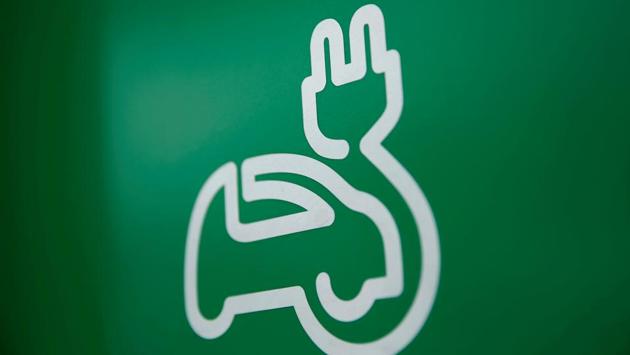Govt sanctions Rs 128 crore for FAME scheme, no decision on phase II yet
FAME is a six-year launched on April 1, 2015 under the National Electric Mobility Mission 2020 to promote manufacturing and sales of hybrid and electric vehicles in India.
The government on Tuesday released Rs 127.77 crore worth of demand-incentives under the FAME-India scheme to boost sales of electric and hybrid vehicles, but is yet to take decision on extension of the scheme as phase I ends on March 31.

“Under FAME-India (Faster Adoption and Manufacturing of (Hybrid &) Electric Vehicles in India) Scheme of the government, department of heavy industry has extended demand incentives @ Rs 127.77 Crore for purchase of 1,11,897 electric/hybrid vehicles since inception of the scheme on 1st April, 2015 till February, 2017,” Babul Supriyo, minister of state for heavy industries, said in a written reply to Lok Sabha.
FAME is a six-year launched on April 1, 2015 under the National Electric Mobility Mission Plan 2020, with four pillars -- technology development, demand creation, pilot projects and charging infrastructure.
The government had allocated Rs 795 crore for FAME phase I, but only Rs 166 crore was utilised until November 2016.
“Based on the outcome and experience gained in the phase I, the scheme shall be reviewed appropriately with inputs from stakeholders and shall be considered for implementation post 31st March, 2017 with appropriate allocation of fund in the future,” Supriyo further said.
In his Union budget 2017-18, finance minister Arun Jaitley has allocated Rs 175 crore for promotion of green cars. The fund would be utilised for establishing 200 charging stations, granting incentives for 1.5 lakh vehicles, 200 electric buses and 1,000 electric government vehicles, besides creating infrastructure for making electric vehicles and research in battery technology.
During an earlier conversation with HT, SIAM director general Vishnu Mathur had said that “…efforts in small installments like these are not enough to boost the industry sentiment.”
Automakers have also pitched for more informed and thorough policy on cleaner cars, since mild-hybrids are eating up most of the incentives allocated by the government, while real-hybrid and electric-cars formed a meagre share of the beneficiaries.





